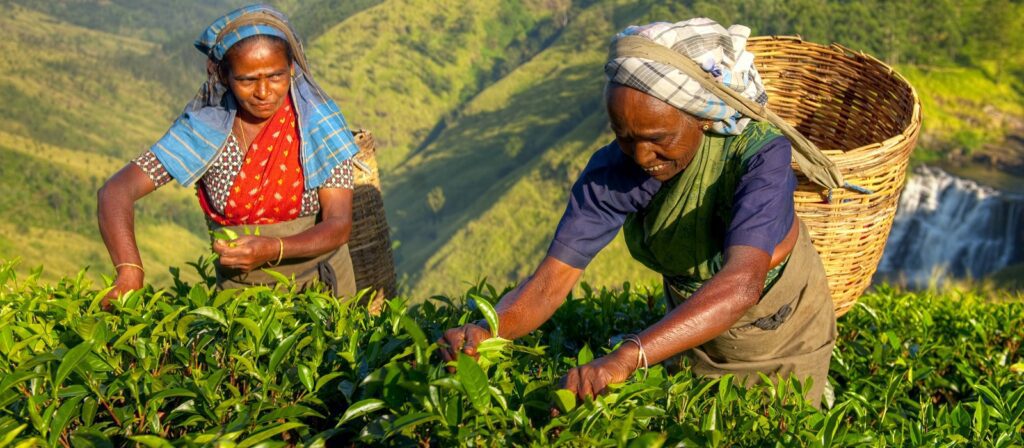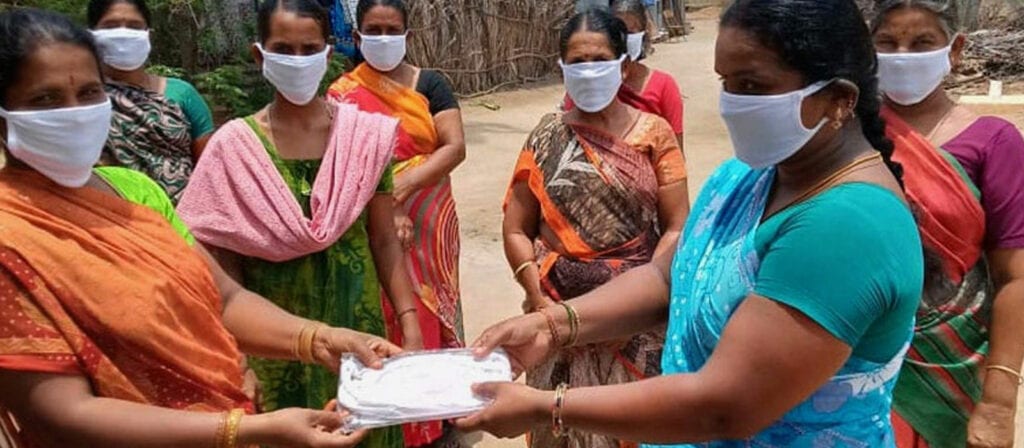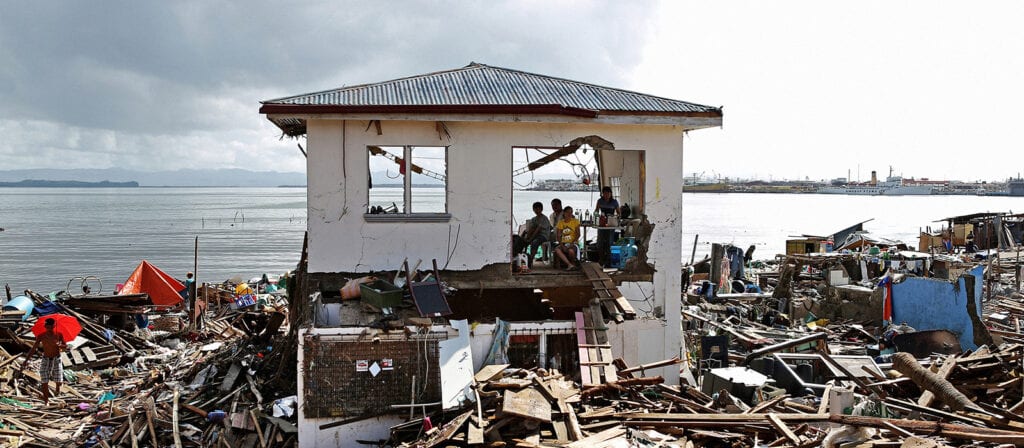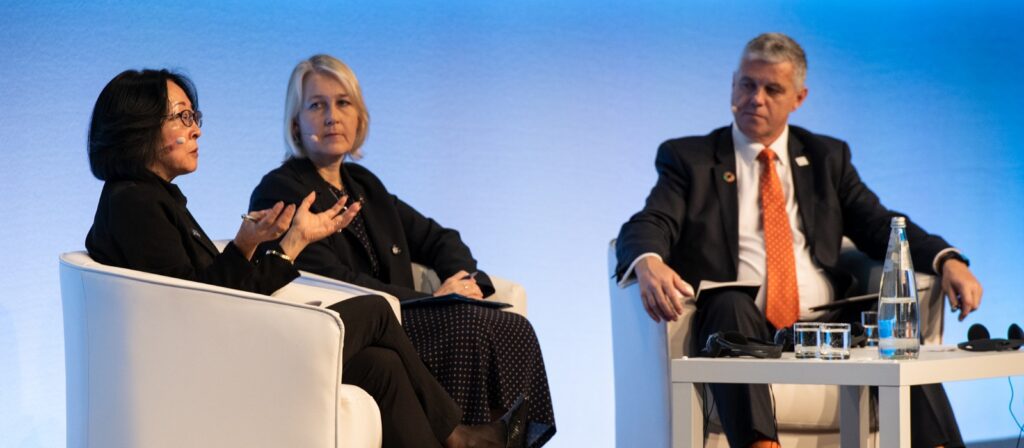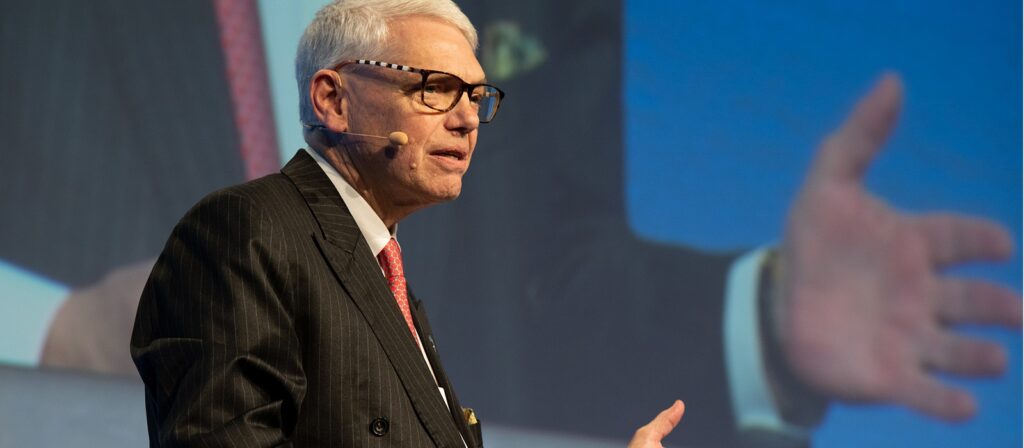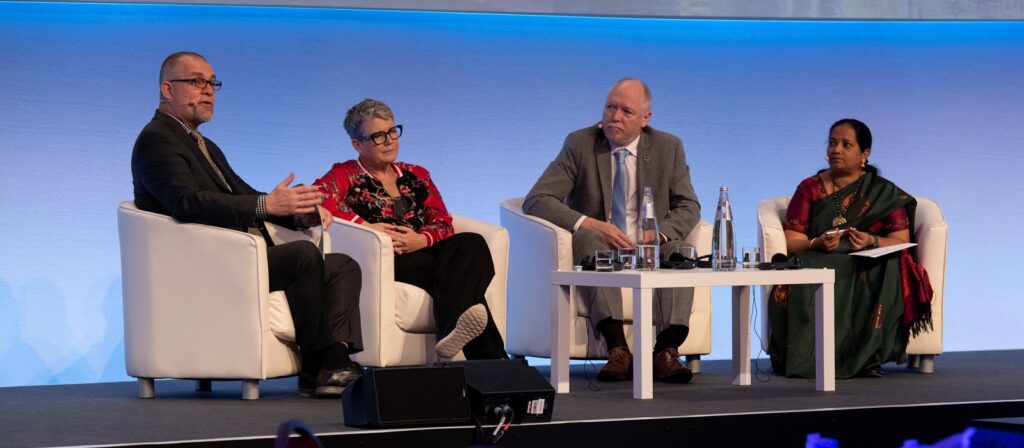“If anyone is going to save the world, it is going to be mutual companies” .
Ann Sommer of Länsförsäkringar (Sweden) is clear that the mutual insurance model offers the most fitting solution to solve the world’s problems. Managing unknown risks is precisely what insurers have always done, and mutuals also enjoy a unique position of trust with consumers because they seek to understand their concerns. While the financial services industry typically seeks to maximise investment returns, consumers should be asked how they wish to balance them against future social/environmental outcomes. Insurers must invest wisely, to support the future for young people, who will demand more than just a financial return.
In emerging markets, insurance education is the most important challenge. Dr Kiriwandeniya, SANASA (Sri Lanka), has several decades of experience in microinsurance and, in a country where people largely believe “the gods will protect them”, helping them to understand the role of insurance is the first step. Sanasa operates as a thrift society, offering very low premium, simple accident/life products, and providing education. The programme has grown by word of mouth, and although the community has now learned about the relevance of microinsurance, regulators still do not give formal recognition to Sanasa because it is not viewed operating as a “business” i.e. focused on generating high returns.
Graham Clark, Asia Affinity (Hong Kong), notes that to build resilience, a collaborative approach is required involving a range of stakeholders, including governments and consumers. Progress can only be made by empowering people to take control of their own life, and accelerated through education and suitable infrastructure.
Ann Sommer reflects that cooperative/mutual insurers in developed countries enjoy certain benefits, in particular, the additional protection that is afforded by the reinsurance industry. But, she notes, risk assessment is the core competence of insurers. In order to build more resilience at the global level, ideally there would be an insurance industry-wide collaboration. This would include both cooperatives/mutuals and stock companies, where they could exchange data without losing their competitive edge.
Public-private partnerships have also played a vital role in post-disaster recovery in emerging markets. Dr Kiriwandeniya recalls the moving experience of being one of the first responders providing help immediately after the 2004 tsunami in Sri Lanka. After distributing food and clothing to survivors, and removing the bodies of those who had died, they embarked upon a fact-finding mission to help them assess the best way to start rebuilding. All pre-existing data had been destroyed in the tsunami and had to be reconstructed. A counselling team to help survivors was set up and a long-term programme to provide equipment was established. These rebuilding efforts were made possible thanks to public-private partnerships.
Mami Mizutori, head of the United Nations Office for Disaster Risk Reduction (UNDRR), specifies its appeal for possible actions by cooperative/mutual insurers: to provide disaggregated data (by gender, income, disability); to create “a market” for resilience by building prevention into products, offering incentives for consumers to change behaviours, and thus create long-term risk reduction; and to use their voice where possible to influence politicians/regulators and steer them towards longer-termism.
Graham Clark points out that community mapping and disaster mitigation could be supported by linking granular, geographic/postcode data held by insurers with satellite data held by national and global bodies. Through the UNDRR partnership, insurers’ data could be shared in such a way as to safeguard its commercial value and thus the market. Technology is not, however, a panacea when disaster strikes, so realism about its impact after an event is needed.
The final consensus was that collaboration is the most important contributor to moving the insurance industry from protection to prevention.
Session panellists:
- Ann Sommer, CEO, Länsförsäkringar Sak (Sweden)
- P.A. Kiriwandeniya, Chairman, SANASA Insurance Company (Sri Lanka)
- Graham Clark, Chief Executive, Asia Affinity (Hong Kong)
- Mami Mizutori, Special Representative of the Secretary-General for Disaster Risk Reduction, United Nations Office for Disaster Risk Reduction (UNDRR)
- Philippe De Longueville, Member of Management Committee, P&V Group (Belgium) moderator
